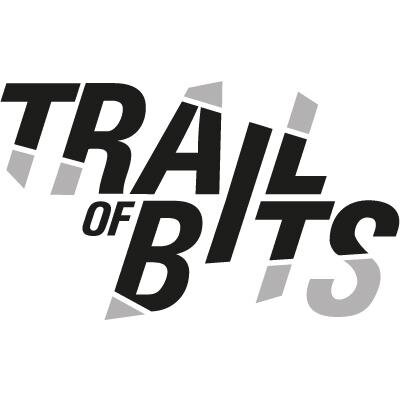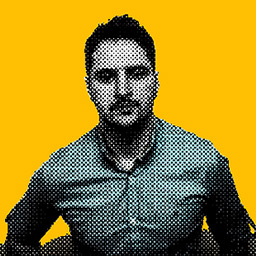Risky Bulletin Podcast
July 21, 2022
Srsly Risky Biz #4 -- The Global Internet is Dead
Presented by

Policy & Intelligence

CEO and Publisher
This podcast is a discussion between Patrick Gray and Tom Uren on the big stories affecting people in cyber policy.
It’s based on the latest Seriously Risky Business newsletter, which you can find here.


Brought to you by Proofpoint
Enterprise Cybersecurity Solutions, Services & Training








